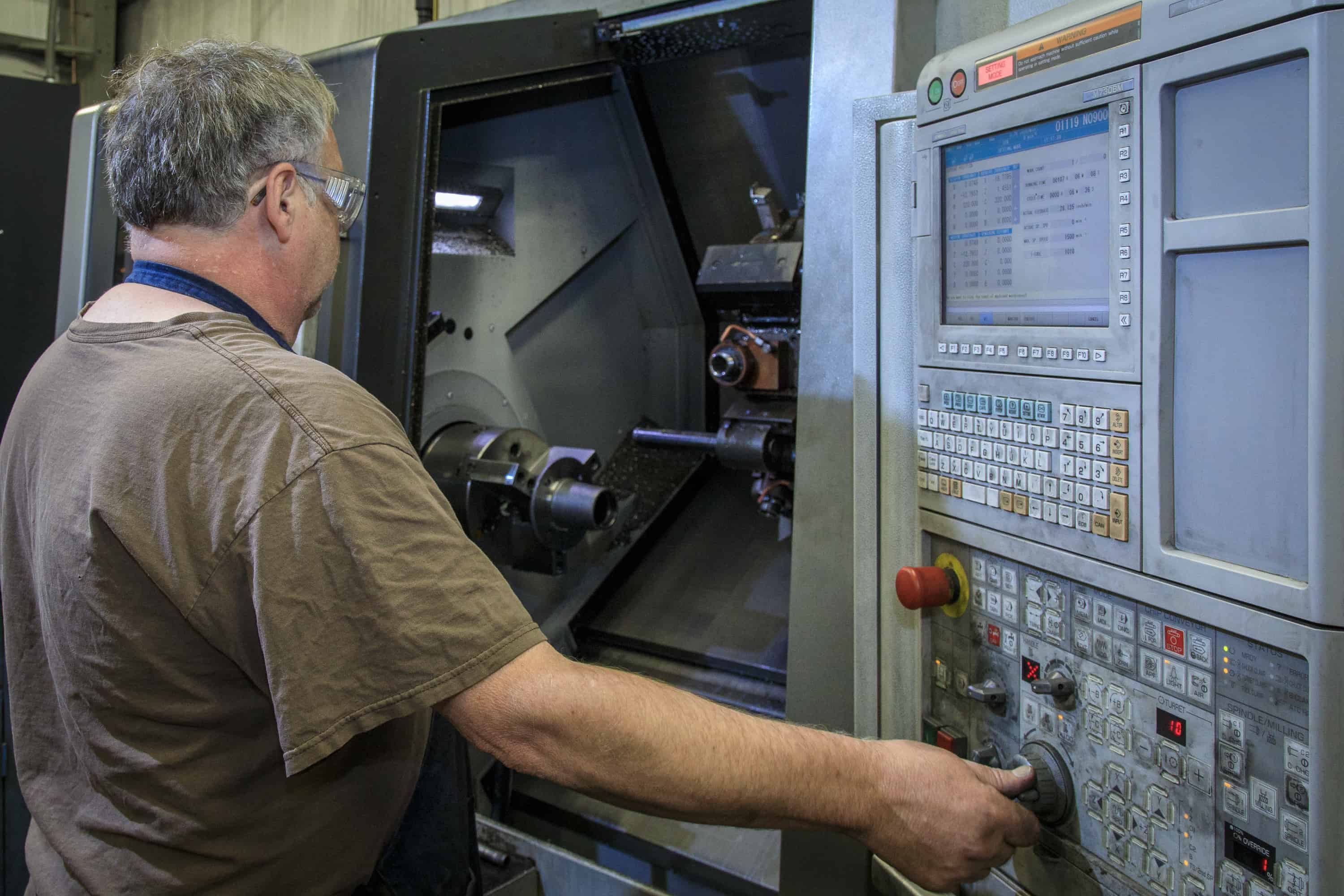Kansas Manufacturer Doubles Its Workforce
"We need laws, like tax reform, that can drive economic growth and drive business.”

Ferroloy, a Kansas-based small business that manufactures ductile and gray iron castings, was once on the verge of bankruptcy. But with the help of tax reform, they have doubled the size of their workforce and are in the process of dramatically expanding their facilities.
Mark Soucie, Ferroloy president and owner, bought the company back in 2017 when it had just 20 employees. The business was struggling to break even due to the collapse of the agricultural market, in which most of their customers were involved. Soucie and his team spent much of 2017 stabilizing Ferroloy. It became quickly evident, however, that the supercharged economy could deliver big gains.
“We could tell in early 2018 that activity was picking up, so we added a second shift and more than doubled our workforce by the end of the year,” Soucie explained.
“Now we are in the early stages of adding over 12,000 square feet to our facilities so that we can de-bottleneck the foundry, increase the size of the company’s machine shop and build an in-house pattern shop, which will allow the company to save money while also adding more jobs to their growing workforce,” Soucie said.
Soucie cited tax reform as a significant driver in allowing Ferroloy’s expansion plans to move faster than they otherwise would. More importantly, tax reform has ushered in the strongest economy in more than a decade, which is impacting Ferroloy by increasing demand for their products.
“To me, tax reform is an opportunity to level the playing field,” Soucie explained. “Large businesses have a significant competitive advantage due to scale and capability relative to smaller businesses. Over 50 percent of our working population is employed in small businesses. If you want small businesses to grow and prosper in this country, we need laws, like tax reform, that can drive economic growth and drive business.”
In Soucie’s eyes, keeping tax reform on the books is a no-brainer.
“I don’t understand why some people in Washington want to roll back something that allows small businesses to compete,” Soucie added. “Maybe it’s me being politically naïve, but economically, tax reform that allows small businesses to compete just makes sense.”
2018 was a record-setting year, as manufacturers reported the highest levels of optimism in the 20-year history of the NAM’s Manufacturers’ Outlook Survey.
“With tools like tax reform and regulatory certainty, manufacturing is thriving – and manufacturers are paying it forward,” Chris Netram, NAM vice president of tax and domestic economic policy, said. “Across the country, manufacturers small and large are hiring new employees, expanding operations, raising wages, improving benefits and more. Tax reform has fueled manufacturing, and the industry is propelling the American economy.”
